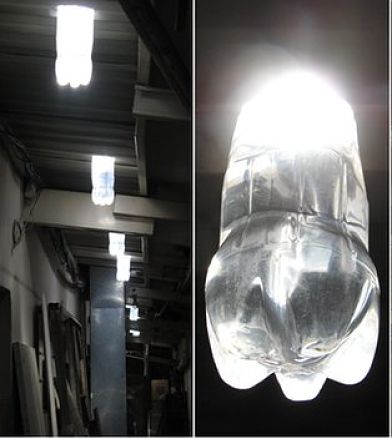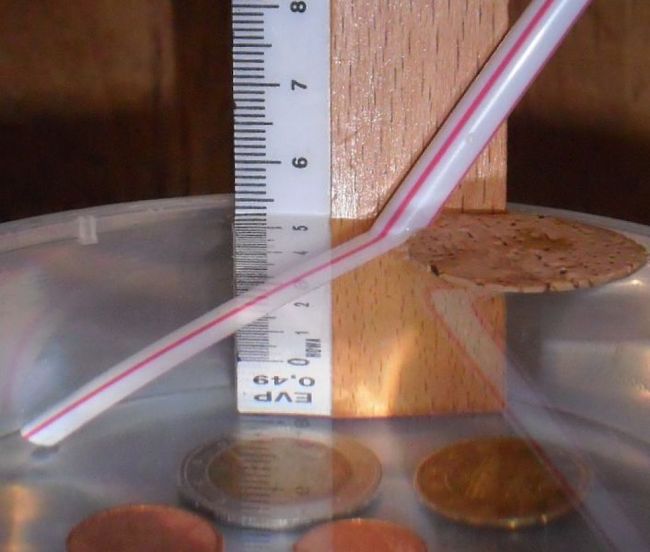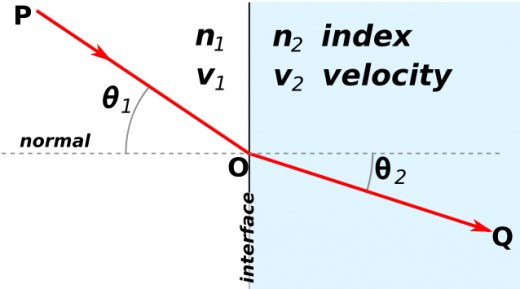Plastic Bottle Skylight Idea Beaming Ahead Lighting Rooms Worldwide
In 2002 a poor mechanic in Brazil tried something that no one else had thought of – a simple skylight made from a plastic bottle filled with water and stuck through the roof.
The simple device works because the direction of light is diffracted when it enters the water, acting like a diffuser and beaming sunlight into the room.
It is simple yet powerful. Several of these bottle lamps can light up an entire room during the day, yet they consume no power and can be made from waste soda bottles.
Over the last two years the simple design has spread like wild-fire throughout the world in under-developed countries. There is no patent, as you can't patent such a simple idea – it is simply a great notion and concept using a quirk of nature.
All you need is some left-over clear plastic bottles.
Just add a little bleach to the bottle to stop algae growing and turning the bottle green, and top up with clear water and seal.
The filled bottles are then poked through the roof and sealed in place.



A Simple, Cheap Practical Device
The concept is not new because many people have been building glass bottle walls for many years, or adding glass bottles to mud brick, straw bale and adobe walls to create highlights. Choosing bottles of different colors such as amber, green and pink can create an added feature.
The diffusing of the light occurs via diffraction that occurs because the speed of light is affected by the density of substance through which it flows.
Light travels faster in air than water. So when light enters the top of the bottle stuck through the roof, its speed changes in the water.
The wavelength of the light changes and its direction changes at the interface between air and water.
There are two changes of direction:
1. At the top where the light enters the water in the bottle
2. At the outside of the bottle where the light in the water passes back into air in the room.
The idea has become very popular in the Philippines, where electricity is rare and expensive, Moser lamps now installed in more than 120,000 homes.
These lights are also popular in Tanzania, India, Africa, Argentina and Fiji and Bangladesh.